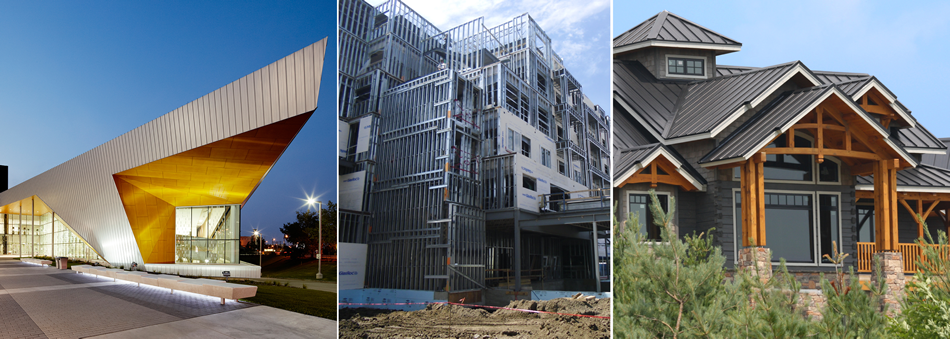According to certain “studies,” wood claims a smaller environmental footprint than any other major building material. However, a closer look at the facts reveals some significant inconsistencies with that claim.
Each week for the next 4 weeks we will feature a new myth about the sustainability of wood vs. steel.
MYTH: Studies demonstrate that wood is a more sustainable material than steel.
MYTH: Studies demonstrate that wood is a more sustainable material than steel.
REALITY: The most-cited study contained numerous incorrect assumptions about steel, and it omitted wood impacts.
- A study cited often by the wood industry was published by the Consortium for Research on Renewable Industrial Materials (CORRIM) and is based on outdated information. For example, it made incorrect assumptions about the quantity of steel needed for its comparisons.
- Wood is typically a single-use material. At the end of its life, a building’s wood frame is typically landfilled or incinerated. This returns any stored carbon dioxide back into the atmosphere as either carbon dioxide or methane, shifting greenhouse gas burdens to future generations.
- In comparison, steel is the world’s most recycled material. Steel construction products have a recycling rate of more than 90 percent, meaning that at the end of a steel building’s life, more than 90 percent of its steel is recycled into another steel product, using significantly less energy than was necessary to create the original product. A material that can be recycled continually over centuries with no loss in quality and that lowers the burden on future generations is the very definition of sustainability!
If you just can't wait to see what the other myths will be, you can download the Steel Market Development Institute's Fact Sheet to learn more.




No comments:
Post a Comment